Home>Articles>What Happens When A Dog Chewed An Electrical Cord
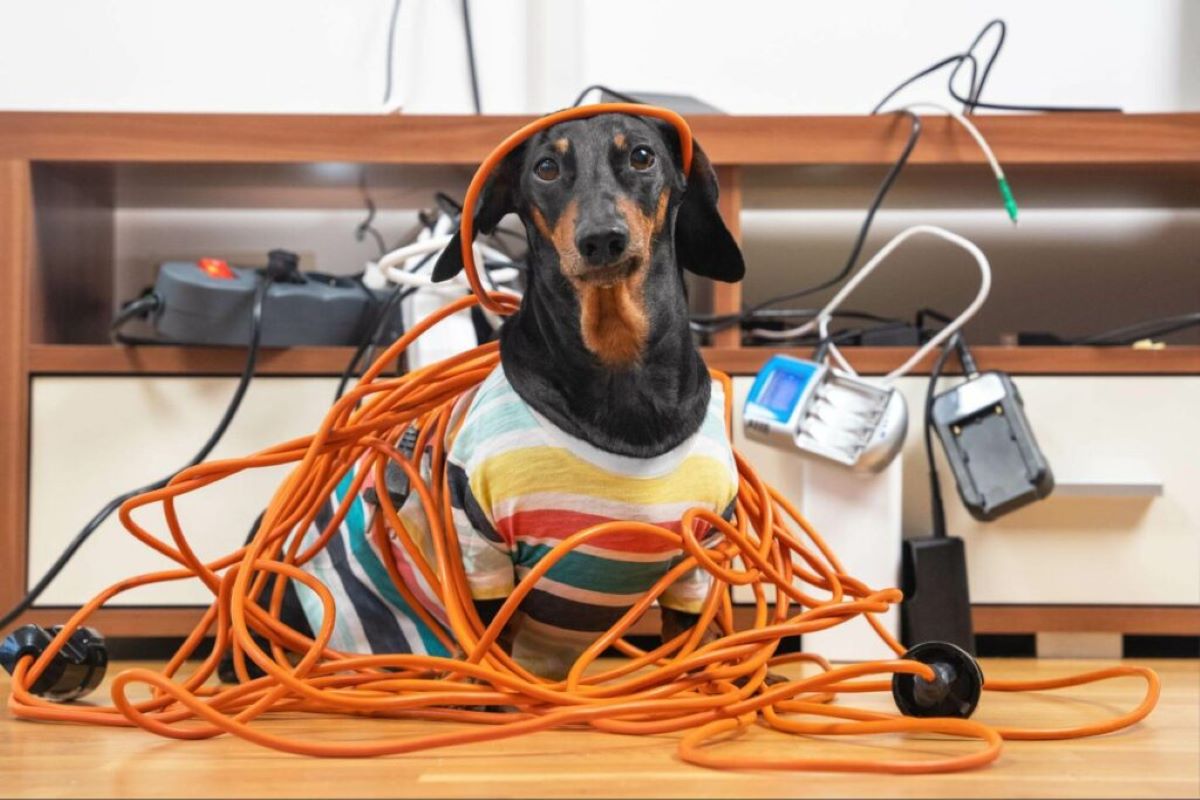

Articles
What Happens When A Dog Chewed An Electrical Cord
Modified: March 1, 2024
Discover the potential dangers and risks when a dog chews an electrical cord in this informative article. Learn how to prevent accidents and keep your beloved pet safe.
(Many of the links in this article redirect to a specific reviewed product. Your purchase of these products through affiliate links helps to generate commission for Storables.com, at no extra cost. Learn more)
Introduction
Having a dog as a pet can bring immense joy and companionship to any household. However, dogs are naturally curious creatures, and their exploration can sometimes lead them into dangerous situations. One such danger involves chewing on electrical cords.
When a dog chews on an electrical cord, it can have serious consequences. Not only does it pose a risk to the dog’s safety, but it also puts the entire household at risk. Understanding the potential dangers and knowing how to handle such situations is crucial for the well-being of both your four-legged friend and your home.
In this article, we will explore the dangers that arise when a dog chews on an electrical cord, the possible injuries that can occur, and the necessary actions to take in order to prevent and respond to such incidents.
Electric shock, burns, injuries, fires, and property damage are all risks associated with a dog chewing on an electrical cord. Recognizing the signs and symptoms of these dangers, as well as implementing preventive measures, can help keep your dog safe and your home protected.
So, let’s dive into the potential dangers that arise when a dog chews on an electrical cord and learn how to minimize the risks associated with this common yet hazardous behavior.
Key Takeaways:
- Preventing dogs from chewing on electrical cords is crucial to avoid electric shock, burns, and fires. Implementing training, supervision, and cord management can create a safe environment for pets and prevent hazardous incidents.
- Recognizing the signs of a dog chewing on electrical cords and taking immediate action is vital. Providing first aid, seeking veterinary care, and implementing electrical cord safety measures are essential for the well-being of pets and the household.
Read more: How To Fix Chewed Electrical Cord
Possible Dangers
When a dog chews on an electrical cord, it exposes itself to a range of potential dangers. These dangers include electric shock, burns and injuries, as well as the risk of fires and property damage.
Electric shock: One of the most immediate and severe dangers of chewing on an electrical cord is the risk of electric shock. Dogs can receive a powerful jolt of electricity if they manage to bite through the protective insulation of the cord and come into contact with the live wires. This can cause severe injury or even be fatal.
Burns and injuries: If a dog bites through the protective coating and makes contact with live wires, it can suffer burns to its mouth, tongue, and paws. The severity of these burns can vary depending on the length of contact and the amount of electrical current passing through the wires. Additionally, injuries such as cuts, punctures, or fractures can occur if the dog’s teeth or jaw get caught in the cords or plugs while chewing.
Fires and property damage: Chewing on electrical cords can also lead to electrical sparks or short circuits, which can ignite nearby flammable materials such as curtains, furniture, or carpets. This not only puts the dog at risk of burns, but it also poses a significant threat to the safety of the entire household. Furthermore, electrical fires can quickly escalate, causing extensive property damage and putting lives in danger.
It is important to be aware of these potential dangers and take immediate action to prevent them from occurring. By understanding the risks involved and implementing safety precautions, you can protect both your beloved pet and your home from the hazards of electrical cord chewing.
Electric Shock
When a dog chews on an electrical cord, one of the most immediate and serious dangers is the risk of electric shock. Electric shock occurs when a dog bites through the protective insulation of the cord and comes into contact with the live wires, resulting in the transmission of electrical current through its body.
The severity of the electric shock can vary depending on factors such as the voltage of the electrical current, the length of contact, and the size and health of the dog. Even low-voltage shocks can cause significant harm, while higher-voltage shocks can be life-threatening.
The effects of electric shock on a dog can be devastating. It can lead to severe burns, neurological damage, cardiac arrest, and even death. Dogs that survive an electric shock may experience long-lasting physical and psychological consequences.
Signs and symptoms of electric shock in dogs include:
- Visible burns on the mouth, tongue, or paws
- Difficulty breathing or rapid breathing
- Irregular heartbeat or cardiac arrest
- Tremors or seizures
- Loss of consciousness or disorientation
- Muscle pain or stiffness
If you suspect that your dog has suffered an electric shock from chewing on an electrical cord, it is vital to take immediate action to minimize further harm. Your first priority should be to ensure your own safety by safely disconnecting the power source or unplugging the cord, if possible. However, it is crucial to remember that coming into direct contact with live wires can also put you at risk of electric shock. If you are unsure about how to handle the situation safely, it is best to contact a professional electrician or emergency veterinary services for assistance.
After removing the source of electricity, you should assess the condition of your dog and look for any visible burns or injuries. It is essential to provide emergency first aid and seek immediate veterinary attention. Only a trained professional can properly assess the extent of the damage and provide appropriate medical treatment.
Remember, prevention is always better than cure. Taking steps to prevent your dog from chewing on electrical cords is crucial in ensuring their safety and well-being. We will discuss preventive measures and actions to take in case of electric shock in more detail later in this article.
Burns and Injuries
When a dog chews on an electrical cord, it puts itself at risk of suffering burns and injuries. The severity of these burns and injuries can vary depending on factors such as the voltage of the electrical current, the length of contact, and the size and health of the dog.
If a dog manages to bite through the protective coating of the cord and comes into contact with the live wires, it can experience burns to its mouth, tongue, and paws. The electrical current passing through the wires can generate heat, causing thermal burns when the dog’s tissues come into direct contact with them. These burns can range from minor superficial burns to severe, deep tissue damage.
Signs and symptoms of burns in dogs include:
- Redness, swelling, or blistering of the affected area
- Pain or discomfort, often accompanied by vocalization or whimpering
- Lameness or difficulty walking if the paws are affected
- Loss of appetite or refusal to eat due to mouth burns
- Behavioral changes, such as fear or aggression
In addition to burns, dogs can also sustain other injuries when chewing on electrical cords. Their teeth or jaw can become entangled in the cords or plugs, leading to cuts, punctures, or fractures. These injuries can be painful and may require immediate veterinary attention.
If you suspect that your dog has suffered burns or injuries from chewing on an electrical cord, it is vital to take prompt action to minimize further harm. First, ensure your own safety by safely disconnecting the power source or unplugging the cord, if possible. Remember to follow proper safety precautions to avoid the risk of electric shock.
Next, carefully assess the condition of your dog and look for any visible burns or injuries. If the burns are minor, you can provide immediate first aid at home by rinsing the affected area with cool water to help reduce pain and inflammation. However, it is crucial to seek professional veterinary care as soon as possible to evaluate the extent of the damage and provide appropriate medical treatment.
In the case of more severe burns or injuries, it is best to avoid attempting any home remedies and seek immediate veterinary attention. Deep or extensive burns require specialized care to prevent infection and promote healing.
Remember, prevention is key to avoiding these unfortunate incidents. By implementing preventive measures and adopting proper training and behavior modification techniques, you can help ensure the safety and well-being of your dog and reduce the risk of burns and injuries associated with chewing on electrical cords.
Fires and Property Damage
Chewing on electrical cords not only poses a risk to the safety of your dog but also has the potential to cause fires and extensive property damage. The combination of exposed wires, electrical sparks, and flammable materials in your home can create a dangerous situation that puts lives at risk and can lead to significant financial loss.
When a dog bites through the protective coating of an electrical cord, it can expose the live wires inside. If these wires come into contact with each other or with nearby flammable materials, such as curtains, furniture, or carpets, it can result in the ignition of a fire.
Electrical fires can spread rapidly, especially when fueled by flammable materials. They can engulf an entire room within minutes, posing a great danger to all occupants, including your dog. In addition to the risk of burns and injuries to your pet, fires can cause extensive damage to your home, destroying valuable possessions and potentially making your home uninhabitable.
Preventing fires and property damage caused by chewed electrical cords requires a multi-faceted approach. Here are some important steps to take:
- Supervise your dog: Always monitor your dog when it has access to areas with electrical cords. Keep an eye on their behavior and intervene immediately if they show any interest in chewing on or playing with cords.
- Use cord concealers: Use cord concealers or cord protectors to hide and protect electrical cords from being accessed by your dog. These can be easily found in pet stores or online, and they provide an extra layer of safety.
- Secure cords out of reach: Keep electrical cords well out of your dog’s reach by using cord clips or cable ties to secure them against walls or furniture. This makes it harder for your dog to access the cords and reduces the risk of chewing.
- Redirect their attention: Provide your dog with safe and appropriate chew toys to redirect their chewing behavior. By giving them an alternative to the electrical cords, you can help satisfy their natural urge to chew while keeping them away from hazards.
- Training and behavior modification: Consider enrolling your dog in obedience training to teach them commands like “leave it” or “drop it.” This can be useful in redirecting their attention away from cords when necessary.
- Limit access: Restrict your dog’s access to rooms or areas with electrical cords when you’re not able to supervise them. Use gates or barriers to create designated safe spaces in your home.
By implementing these preventive measures, you can significantly reduce the risk of fires and property damage caused by dogs chewing on electrical cords. It is also essential to have working smoke detectors and fire extinguishers in your home and to regularly test and maintain them to ensure maximum safety.
Remember, the safety of your dog and your home should always be a top priority. Taking these preventive actions can help protect your beloved pet and your valuable possessions from the devastating consequences of fires caused by electrical cord chewing.
Read more: What Happens When You Pepper Spray A Dog
Signs and Symptoms to Watch For
Recognizing the signs and symptoms of a potential problem is crucial when it comes to dealing with the aftermath of a dog chewing on an electrical cord. Being aware of these indicators allows you to quickly assess the situation and take appropriate action to ensure the safety and well-being of your pet.
Here are some signs and symptoms to watch for if you suspect that your dog has chewed on an electrical cord:
- Mouth or tongue burns: Look for redness, swelling, or blisters on your dog’s mouth or tongue. Excessive drooling or difficulty eating may also indicate mouth burns.
- Paw burns or injuries: Check your dog’s paws for any signs of burns or injuries. Look for redness, swelling, or blisters, and observe if your dog is limping or favoring a particular leg.
- Burnt or damaged cords: Inspect the electrical cords for any visible signs of damage, such as frayed or exposed wires. This could indicate that your dog has been chewing on them.
- Pain or discomfort: Observe your dog’s behavior for any signs of pain or discomfort. This may include whining, whimpering, or reluctance to move or be touched.
- Changes in behavior: Notice if your dog exhibits any unusual behavior, such as restlessness, aggression, or fearfulness. Chewing on electrical cords can be a stressful experience for your dog, and it may manifest in behavioral changes.
- Visible injuries: Check for any visible injuries, such as cuts, punctures, or swelling around the mouth or paws. These injuries may have occurred due to entanglement or when biting through the cords or plugs.
- Signs of electric shock: Be alert for symptoms of electric shock, including difficulty breathing, irregular heartbeat, seizures, or loss of consciousness. Electric shock is a severe emergency that requires immediate veterinary attention.
If you notice any of these signs and symptoms, it is essential to take immediate action to address the situation. This can help prevent further harm to your dog and ensure prompt and appropriate medical care.
Remember, every dog is different, and their response to an electrical cord accident may vary. It is always better to err on the side of caution and seek professional veterinary care if you have any concerns about your dog’s well-being.
In the next sections, we will discuss the immediate actions to take when you suspect your dog has chewed on an electrical cord, as well as first aid measures for electric shock and caring for burns and injuries.
Immediate Actions to Take
When you suspect that your dog has chewed on an electrical cord, it is crucial to take immediate action to ensure their safety and well-being. Acting promptly can help minimize further harm and increase the chances of a positive outcome. Here are some immediate actions to take:
1. Ensure your own safety: Before approaching your dog or the area where the incident occurred, make sure to prioritize your own safety. This may involve turning off the power source or unplugging the cord if it can be done safely. However, it is important to remember that handling live wires can put you at risk of electric shock. If in doubt, seek the assistance of a professional electrician or emergency services.
2. Assess your dog’s condition: Carefully observe your dog for any visible signs of burns, injuries, or distress. Look for burns on their mouth, tongue, or paws, as well as any visible wounds or abnormalities. Assess their breathing, heartbeat, and overall behavior to gauge the severity of the situation.
3. Contact a veterinarian: If your dog is showing signs of electric shock, such as difficulty breathing, irregular heartbeat, seizures, or loss of consciousness, contact a veterinarian immediately. The sooner your dog receives professional medical attention, the better their chances of recovery. Even if your dog appears fine initially, it is still advisable to contact your veterinarian for guidance on the next steps to take.
4. Perform first aid: If your dog has sustained burns or injuries, provide immediate first aid while awaiting veterinary assistance. Gently rinse burns with cool water to help alleviate pain and reduce heat. Avoid using ice or ice-cold water, as this can further damage the tissues. For wounds or bleeding, apply gentle pressure with a clean cloth or bandage to control the bleeding. Avoid using ointments or medications without consulting a veterinarian first.
5. Keep your dog calm and comfortable: It is crucial to minimize stress and discomfort for your dog during this time. Create a quiet and calm environment for them, free from any potential hazards. Offer them water and keep them hydrated, but avoid forcing them to eat or drink if they are unwilling.
6. Follow veterinary advice: Once you have contacted your veterinarian, follow their guidance on the next steps to take. They may instruct you to bring your dog in for an examination or provide further instructions for home care. It is important to adhere to their advice to ensure the best possible treatment for your dog.
Remember, time is of the essence when dealing with the aftermath of a dog chewing on an electrical cord. Acting promptly and seeking professional veterinary care is crucial to ensure the well-being of your pet. By taking immediate actions and following proper protocols, you can help minimize further harm and increase the chances of a positive outcome for your beloved dog.
If a dog chews an electrical cord, immediately remove the dog from the area and unplug the cord. Check the dog for any signs of injury and seek veterinary attention if necessary. Inspect the cord for damage and replace if needed. Keep cords out of reach to prevent future incidents.
First Aid for Electric Shock
Electric shock is a severe emergency that requires immediate attention. If you suspect that your dog has suffered an electric shock from chewing on an electrical cord, it is crucial to act quickly and provide first aid while awaiting veterinary assistance. Here are some steps to take:
1. Ensure your safety: Before approaching your dog, make sure the power source is disconnected or the cord is unplugged, if possible. Always prioritize your safety and take precautions to avoid coming into direct contact with live wires.
2. Check your dog’s breathing and pulse: Assess your dog’s breathing and pulse to determine their condition. If your dog is not breathing or has no heartbeat, it may require immediate CPR (cardiopulmonary resuscitation). If you are trained in CPR for dogs, begin the procedure immediately. If not, contact your veterinarian or emergency veterinary services for guidance.
3. Clear the airway: If your dog is unconscious but still breathing, check for any obstruction in its airway. Gently open its mouth and remove any visible foreign objects or debris that may be blocking the air passage. Be cautious while performing this step, as your dog may unintentionally bite due to pain or confusion.
4. Keep your dog still and calm: To prevent any further injuries or exacerbation of the electric shock, keep your dog as still and calm as possible. Minimize physical movement and avoid any activities that may cause additional stress or pain.
5. Cover burns and injuries: If your dog has visible burns or injuries from the electric shock, cover the affected areas with a clean, sterile gauze or cloth to help prevent infection and protect the wounds from further damage. Avoid using adhesive bandages directly on burns, as this may stick to the skin and cause more pain when removed.
6. Keep your dog warm: Electric shock can cause a drop in body temperature. Keep your dog warm by covering it with a blanket or towel, but avoid overheating it. It is essential to maintain a comfortable body temperature to aid in the recovery process.
7. Seek immediate veterinary attention: Electric shock can have internal effects that may not be immediately visible. Contact your veterinarian or emergency veterinary services and provide them with details of the incident. Follow their advice on the next steps to take and bring your dog in for a thorough examination as soon as possible.
Remember, providing first aid for electric shock is only the initial step in the treatment process. Veterinary evaluation and care are necessary to assess the extent of the injury and provide appropriate medical treatment. By acting quickly and getting professional help, you can give your dog the best chance of recovering from the electric shock and preventing any potential complications.
Caring for Burns and Injuries
When a dog chews on an electrical cord, it can suffer burns and injuries, which require proper care and attention to promote healing and prevent complications. If your dog has sustained burns or injuries from an electric shock, here are some essential steps to take for their care:
1. Evaluate the severity of the burns or injuries: Assess the extent of the burns or injuries your dog has sustained. Minor burns may appear as redness, swelling, or blisters, while more severe burns can cause deep tissue damage or open wounds. Note the location and size of the affected areas.
2. Provide immediate first aid: If the burns are minor, you can start by rinsing the affected area gently with cool water to help alleviate pain and reduce heat. Avoid using ice or ice-cold water, as this can further damage the tissues. For any visible wounds or bleeding, apply gentle pressure with a clean cloth or bandage to control bleeding.
3. Avoid home remedies: It is important to refrain from using over-the-counter creams, ointments, or medications on the burns or injuries without consulting a veterinarian. Some topical treatments may not be suitable or safe for use on dogs and might hinder the healing process.
4. Seek veterinary care: Even if the burns or injuries appear minor, it is advisable to seek veterinary care for thorough evaluation and appropriate treatment. A veterinarian can assess the severity of the burns, provide proper wound care, and prescribe any necessary medications, such as pain relievers or antibiotics.
5. Follow veterinary instructions: Adhere to the instructions and recommendations provided by your veterinarian for care at home. This may include cleaning the affected area with a mild antiseptic solution, applying prescribed ointments or dressings, and administering any prescribed medications. Follow the recommended frequency and duration of treatment.
6. Prevent licking and scratching: Dogs may be tempted to lick or scratch at their burns or injuries, which can lead to further complications or slow down the healing process. Use an Elizabethan collar (cone) or alternative protective measures recommended by your veterinarian to prevent your dog from accessing the affected areas.
7. Monitor for signs of infection: Keep a close eye on the burns or injuries for any signs of infection, such as increased redness, swelling, discharge, or a foul odor. If you notice any concerning changes or if your dog’s condition worsens, contact your veterinarian promptly.
8. Provide comfort and a conducive environment: Create a quiet and comfortable space for your dog to rest and recover. Avoid exposing them to excessive heat or cold, and keep their living area clean to minimize the risk of contamination and infection.
Remember, each dog’s response to burns and injuries may vary, and proper care is essential for a successful recovery. By seeking veterinary attention and following their instructions, you can provide the necessary care and support to help your dog heal and regain their well-being.
Preventing Future Incidents
Taking proactive measures to prevent your dog from chewing on electrical cords is crucial for their safety and the well-being of your household. By implementing the following preventive strategies, you can significantly reduce the risk of future incidents:
1. Training and Behavior Modification: Enroll your dog in obedience training and teach them commands such as “leave it” or “drop it.” These commands can be effective in redirecting their attention away from electrical cords when necessary. Positive reinforcement techniques can also be used to reward your dog for appropriate chewing behavior and discourage them from chewing on cords.
2. Supervision: Always keep a close eye on your dog, especially in areas where electrical cords are present. Supervise their behavior and intervene immediately if you notice any signs of chewing or playing with cords. If you are unable to closely supervise your dog, consider confining them to a safe and cord-free area.
3. Environmental Management: Make the electrical cords less accessible to your dog by using cord concealers or cord protectors. These devices can hide and protect the cords, making it more difficult for your dog to access and chew on them. Additionally, use cord clips or cable ties to secure cords against walls or furniture, keeping them out of reach.
4. Safe Chew Toys: Provide your dog with a variety of safe and appropriate chew toys. By offering alternative chewing options, you can satisfy their natural urge to chew while redirecting their attention away from electrical cords. Choose toys that are durable, non-toxic, and designed for dogs to ensure their safety.
5. Limit Access: Restrict your dog’s access to rooms or areas with electrical cords when you are unable to supervise them. Use gates or barriers to create designated safe spaces in your home, where your dog can stay without the risk of accessing cords. This helps to prevent accidents and gives you peace of mind when you are not able to actively monitor their activities.
6. Veterinary Consultation: In some cases, dogs may exhibit a compulsive chewing behavior that requires professional help. If your dog repeatedly shows an intense desire to chew on electrical cords or other inappropriate objects, consult with a veterinarian or a professional dog behaviorist. They can assess the underlying cause of the behavior and provide guidance on behavior modification techniques or additional interventions, if necessary.
7. Cord Organization: Keep your cords organized and well-managed to minimize the risk of your dog becoming entangled or curious about them. Secure excess cord lengths and keep them out of sight or reach. Consider using cord covers or cord holders to neatly bundle and hide cords, making them less enticing for your dog to investigate.
8. Education for Family Members: Ensure that all members of your household, especially children, are educated about the potential dangers of chewing on electrical cords. Teach them about the importance of proper cord management and the risks involved in engaging with cords inappropriately.
By taking these preventive measures, you can create a safer environment for your dog and reduce the likelihood of future incidents involving electrical cords. Remember that consistency, supervision, and training are key to reinforcing positive behaviors and ensuring the well-being of your beloved pet.
Training and Behavior Modification
Training and behavior modification play a vital role in preventing dogs from chewing on electrical cords. By addressing the underlying causes of the behavior and teaching alternative chewing options, you can redirect their attention and minimize the risk of accidents. Here are some training techniques and behavior modification strategies to consider:
1. Obedience Training: Enrolling your dog in obedience training is an effective way to establish clear communication and control. Teach them basic commands such as “leave it” or “drop it,” which can be invaluable when redirecting their attention away from electrical cords. Consistent training and positive reinforcement help reinforce desirable behaviors.
2. Chew Toy Conditioning: Introduce your dog to a variety of safe and appropriate chew toys. Encourage their interest in these toys by making them more appealing through interactive play or stuffing them with treats. By providing sufficient mental and physical stimulation, you can redirect their natural desire to chew onto these acceptable items.
3. Distraction Techniques: When you notice your dog showing interest in electrical cords, redirect their attention to more appropriate activities. Offer a favorite toy, engage them in play, or start a training session to shift their focus away from the cords and onto positive behaviors. Consistency is key in reinforcing this redirection process.
4. Environmental Management: Make the cords less accessible to your dog. Use cord concealers or cord protectors to prevent them from reaching the cords. Secure cords against walls or furniture using cord clips or cable ties. This physical barrier helps discourage your dog from approaching or chewing on the cords.
5. Ample Exercise and Mental Stimulation: A tired dog is less likely to engage in destructive behaviors. Ensure that your dog gets regular exercise to release excess energy. Incorporate mental stimulation activities, such as puzzle toys or interactive games, to keep their mind occupied. By fulfilling their physical and mental needs, you can help curb their desire to explore and chew on cords.
6. Positive Reinforcement: Reward your dog for exhibiting appropriate chewing behavior. When they chew on their designated toys instead of the electrical cords, offer praise, treats, or verbal cues to reinforce their good behavior. Positive reinforcement plays a crucial role in encouraging dogs to repeat desirable actions.
7. Avoid Punishment: Punishment is not an effective strategy when it comes to preventing chewing behavior. Using physical force or harsh reprimands can increase anxiety and stress in your dog, making the behavior worse or causing other behavioral issues. Focus on positive reinforcement and redirecting their attention to more suitable options.
8. Seek Professional Guidance: If your dog’s chewing behavior persists despite your efforts, consult with a veterinarian or a professional dog behaviorist. They can assess your dog’s specific situation and provide tailored advice and techniques to address the behavior. They might recommend additional training exercises or behavior modification plans to address any underlying issues.
Remember, training and behavior modification take time and patience. Consistency in implementing these strategies and providing a safe and stimulating environment will help your dog learn appropriate chewing behaviors and reduce the risk of accidents involving electrical cords. With compassion and dedication, you can guide your dog towards healthy and safe habits.
Electrical Cord Safety Measures
Implementing electrical cord safety measures is crucial in creating a safe environment for both your dog and your household. By following these guidelines, you can minimize the risk of accidents and injuries caused by chewing on electrical cords:
1. Cord Management: Keep cords well-organized and out of your dog’s reach. Use cord concealers or cord protectors to hide and protect the cords. Secure cords against walls or furniture using cord clips or cable ties. Avoid leaving excess cord lengths exposed, as they can be tempting for your dog to chew on.
2. Proper Placement: Position electrical cords behind furniture or along walls to prevent them from being easily accessed by your dog. Keep cords away from areas where your dog spends a significant amount of time, such as their bedding or play areas. Minimizing their visibility and accessibility reduces the likelihood of your dog becoming intrigued by them.
3. Cord Covers: Consider using cord covers or cord holders to bundle and conceal multiple cords. These protective covers not only help prevent your dog from chewing on the cords but also keep them organized and reduce the risk of tripping or accidental disconnection.
4. Outlet Protection: Invest in outlet covers or protectors to prevent your dog from tampering with exposed sockets. These covers can help deter your dog from sticking their paws or tongue into the outlets, reducing the risk of electric shock.
5. Physical Barriers: Use baby gates or barriers to restrict your dog’s access to areas with electrical cords when you are not able to supervise them closely. This ensures that they cannot come into contact with cords or engage in potentially dangerous behavior.
6. Cord Shortening: If you have excessively long cords that are not in use, consider shortening them to minimize the amount of cord exposed. By creating shorter lengths, you reduce the potential for your dog to become entangled or tempted to chew on them.
7. Eliminate Cord Clutter: Keep your living space free from unnecessary cord clutter. Excess cords lying around can attract your dog’s attention and increase the risk of accidents. Tuck away or properly store cords that are not in use to reduce their visibility and accessibility.
8. Regular Inspections: Routinely inspect electrical cords for any signs of wear, fraying, or damage. Replace damaged cords immediately, as they pose a higher risk of electrical shock or fire. Regular inspections ensure that your cords are in good working condition and free from potential hazards.
9. Educate Family Members: Ensure that all members of your household, including children, are educated about electrical cord safety. Teach them to be mindful of cords and the potential dangers associated with chewing on or playing with them. Encourage open communication and a shared responsibility for maintaining a safe home environment.
By implementing these electrical cord safety measures, you can create a safer and more secure living space for your dog. Protecting them from potential hazards and minimizing their access to electrical cords significantly reduces the risk of accidents and injuries, allowing you to enjoy peace of mind and a harmonious environment for everyone in your household.
Conclusion
Chewing on electrical cords can pose significant dangers to both your dog and your household. The risks of electric shock, burns and injuries, as well as fires and property damage, emphasize the importance of taking preventive measures and swift action in case of an incident.
By recognizing the signs and symptoms of a dog chewing on electrical cords, you can quickly assess the situation and provide the necessary care. Acting promptly, ensuring your own safety, and seeking veterinary attention are crucial steps in minimizing further harm and increasing the chances of a positive outcome.
To prevent future incidents, focus on training and behavior modification techniques. Enroll your dog in obedience training, redirect their attention to safe chew toys, and create a secure environment that limits their access to electrical cords. Consistency, positive reinforcement, and proper supervision are key in shaping their behavior and reducing the risk of accidents.
Implementing electrical cord safety measures, such as cord management, proper placement, and physical barriers, plays a vital role in creating a safe living space. Regular inspections, maintaining cord organization, and educating family members about the potential hazards ensure a proactive approach to preventing accidents.
Remember, the well-being of your dog is a priority. By prioritizing their safety and taking the necessary precautions, you can minimize the risks associated with electrical cord chewing and provide a secure environment for them to thrive.
Always consult with a veterinarian or professional dog behaviorist if you have any concerns or if your dog’s behavior persists despite your efforts. They can provide expert guidance and personalized advice to address the specific needs of your dog.
By combining preventive measures, proactive training, and responsible care, you can keep your dog safe from the dangers of chewing on electrical cords. With your dedication, attention, and understanding, you can create a harmonious and safe environment where your beloved dog can thrive happily and free from harm.
Frequently Asked Questions about What Happens When A Dog Chewed An Electrical Cord
Was this page helpful?
At Storables.com, we guarantee accurate and reliable information. Our content, validated by Expert Board Contributors, is crafted following stringent Editorial Policies. We're committed to providing you with well-researched, expert-backed insights for all your informational needs.
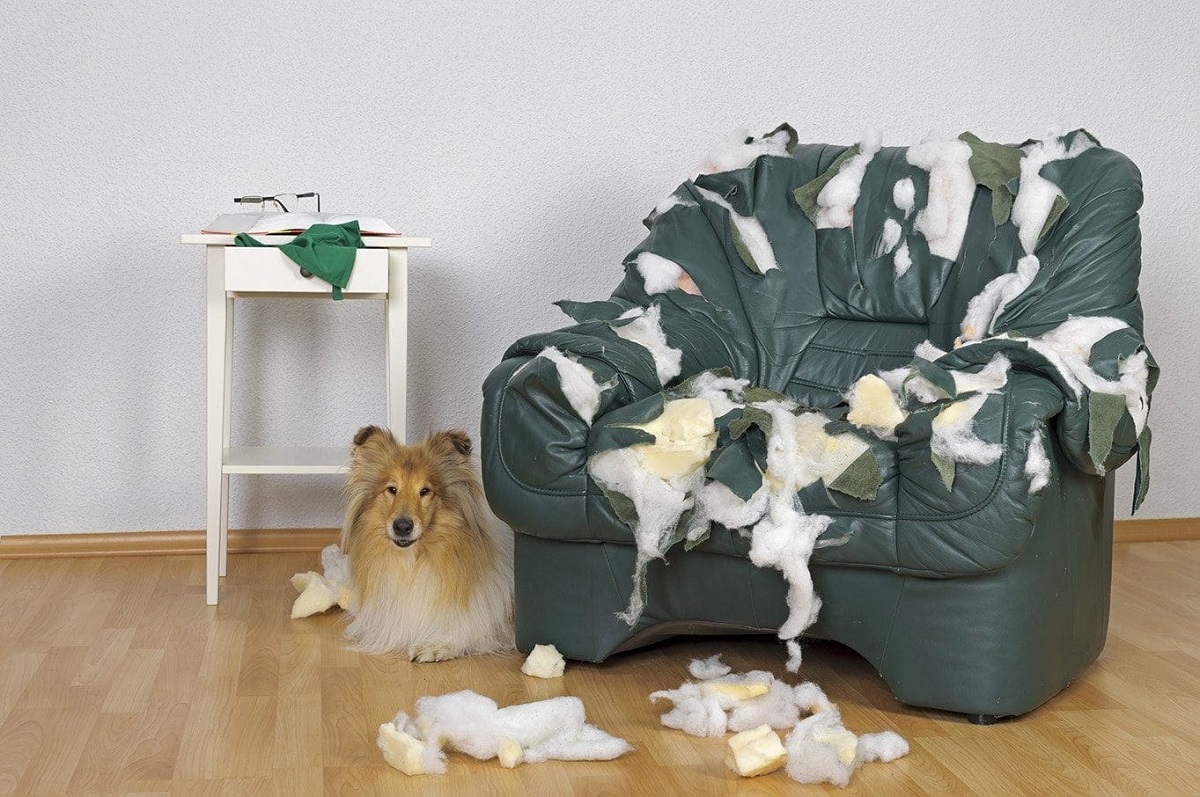
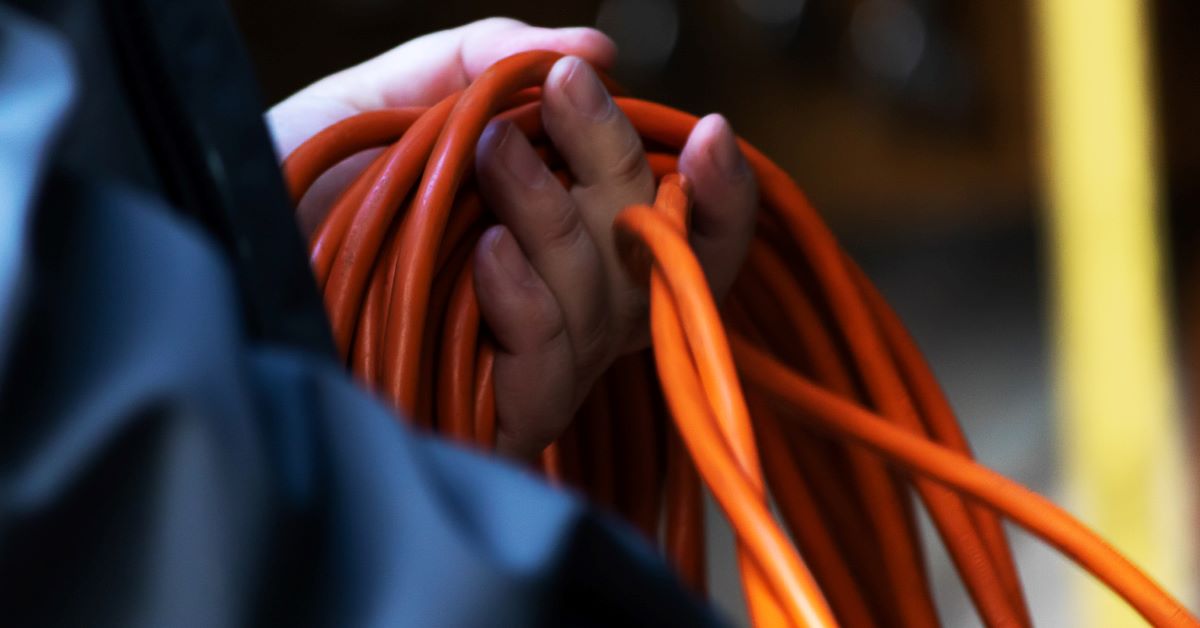
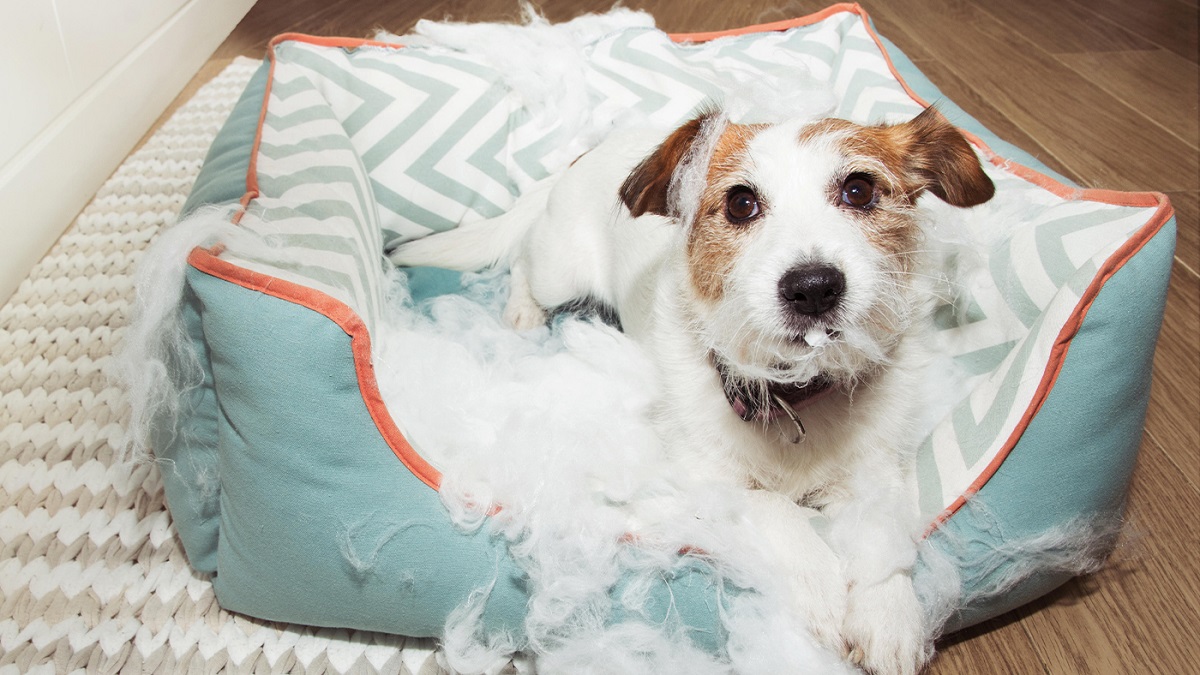
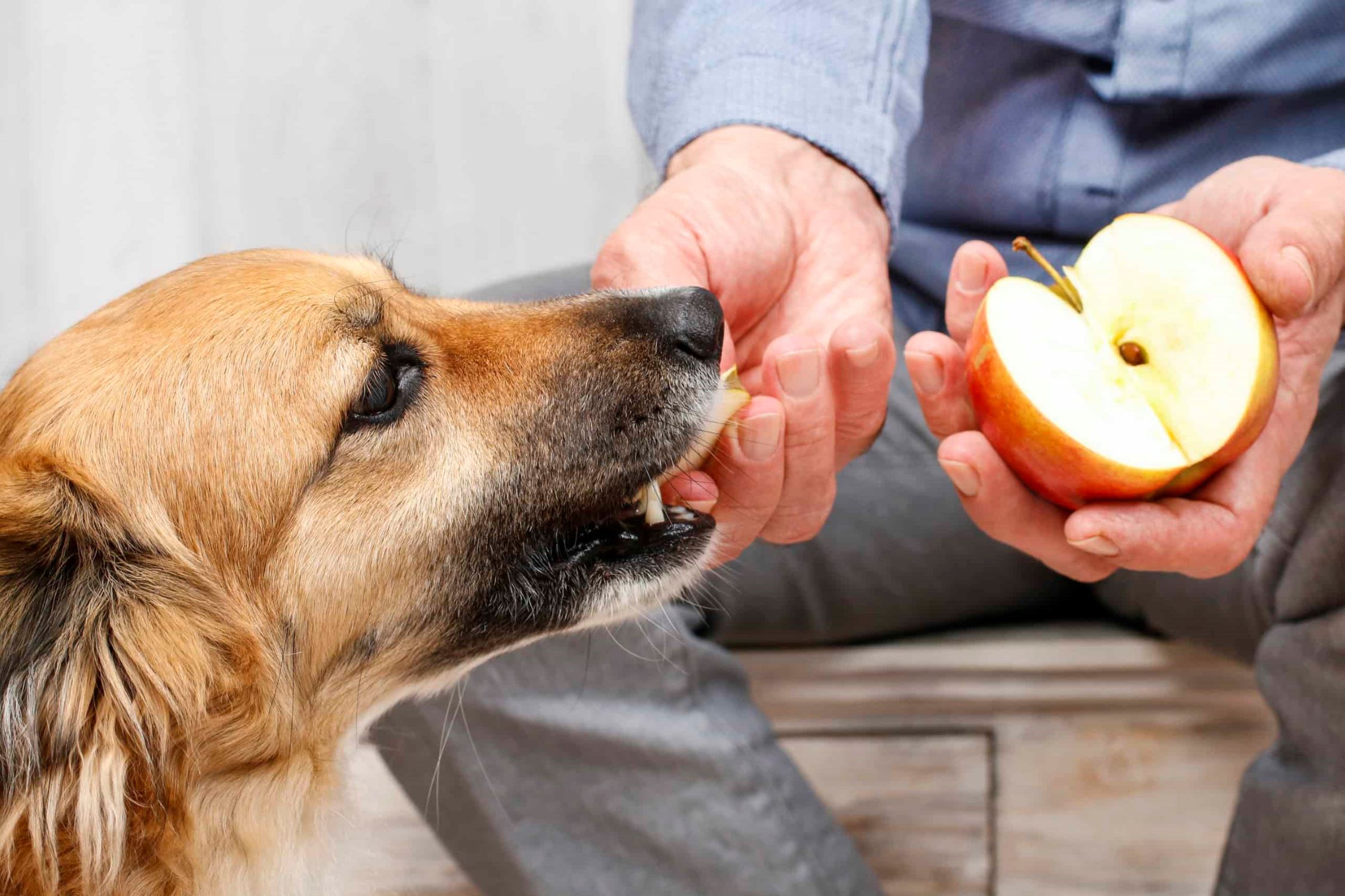
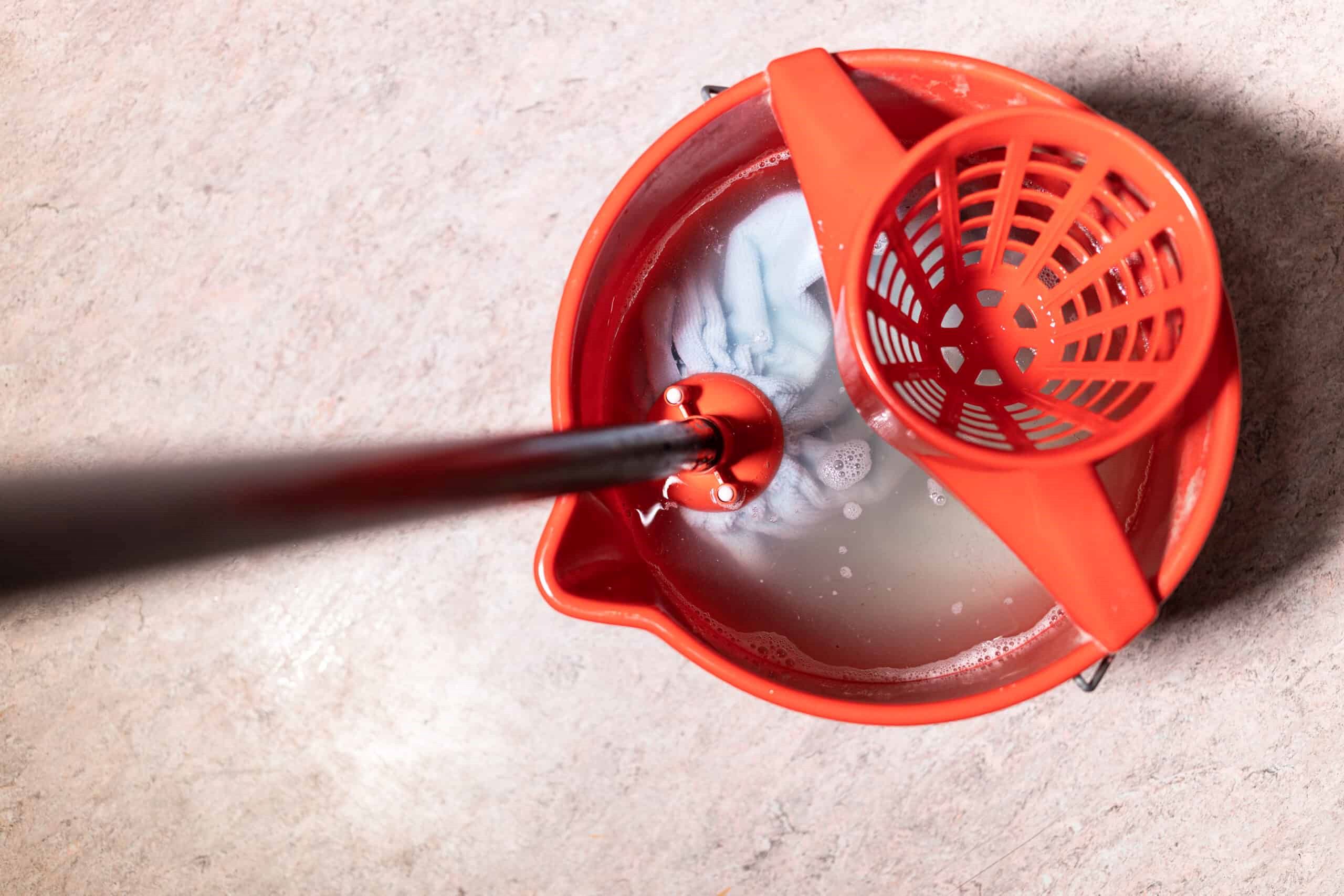
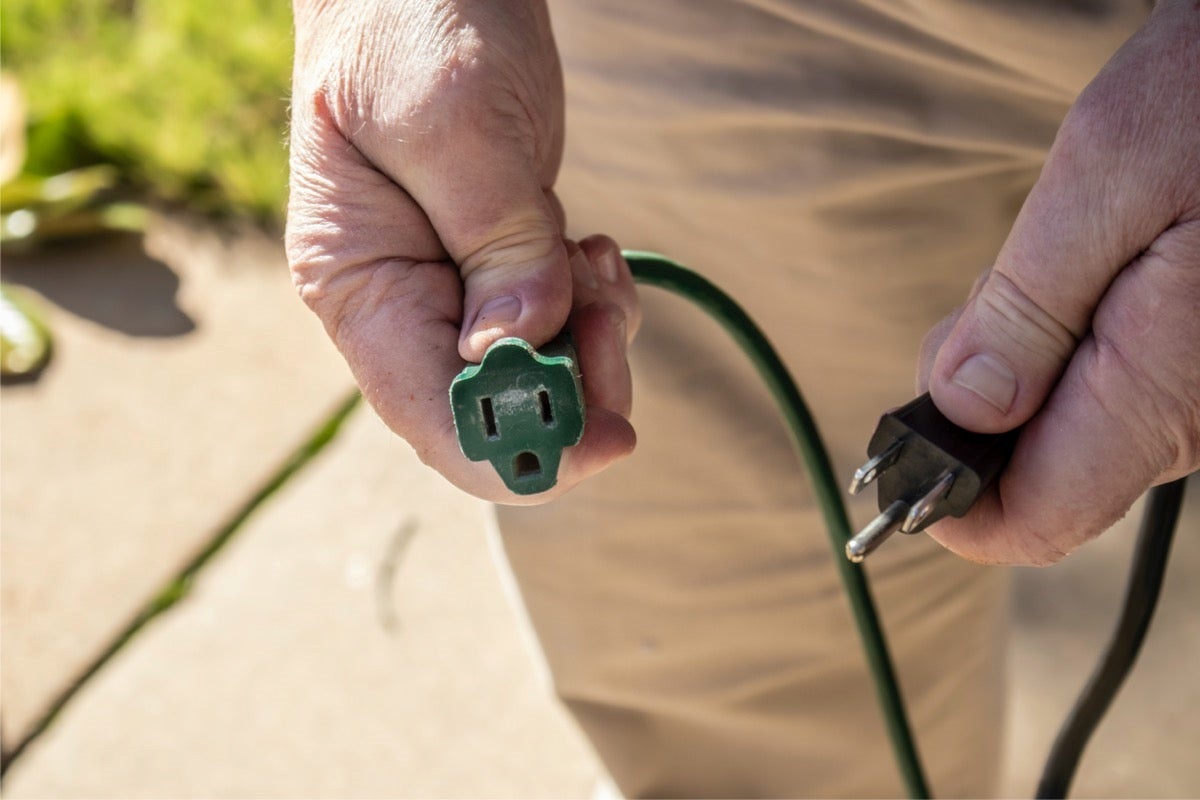
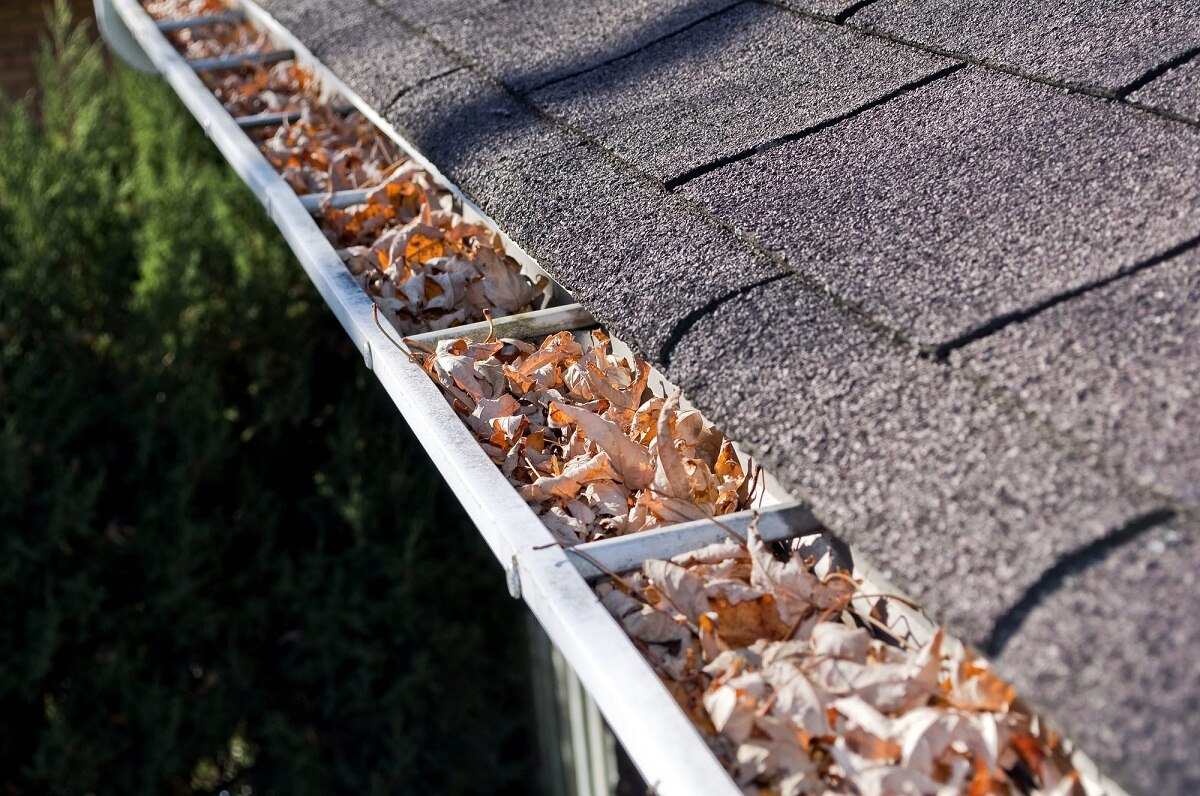
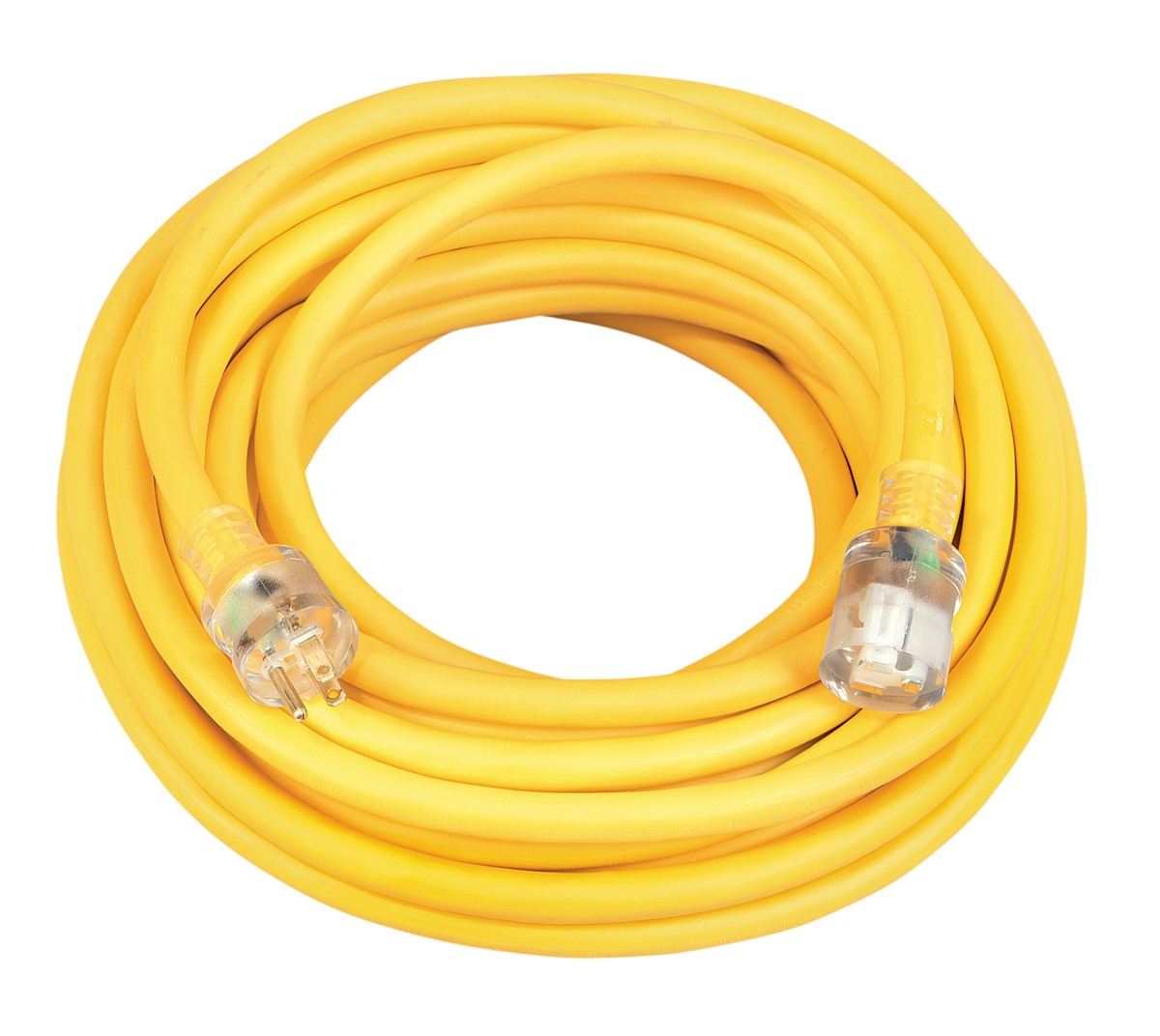
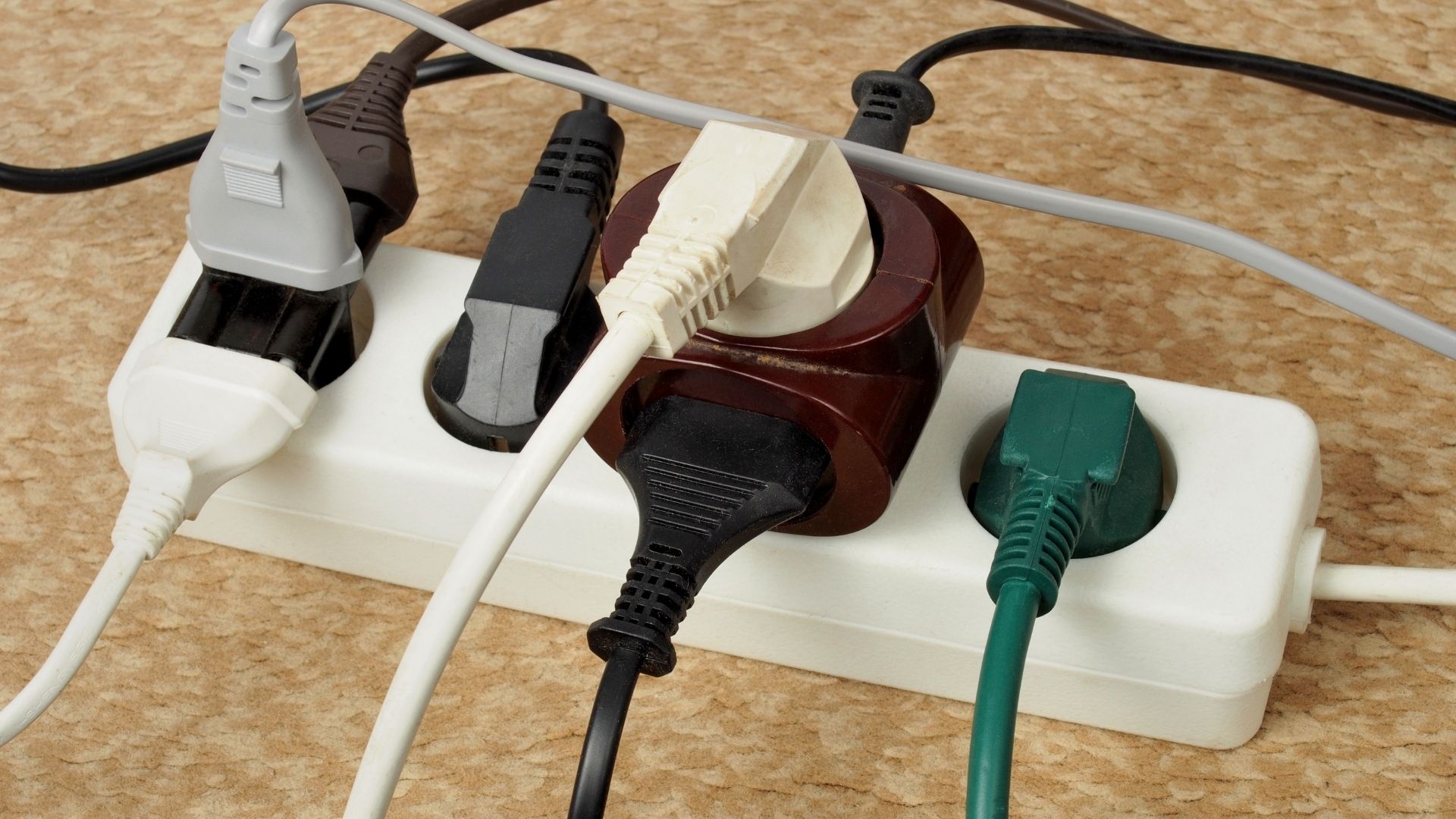

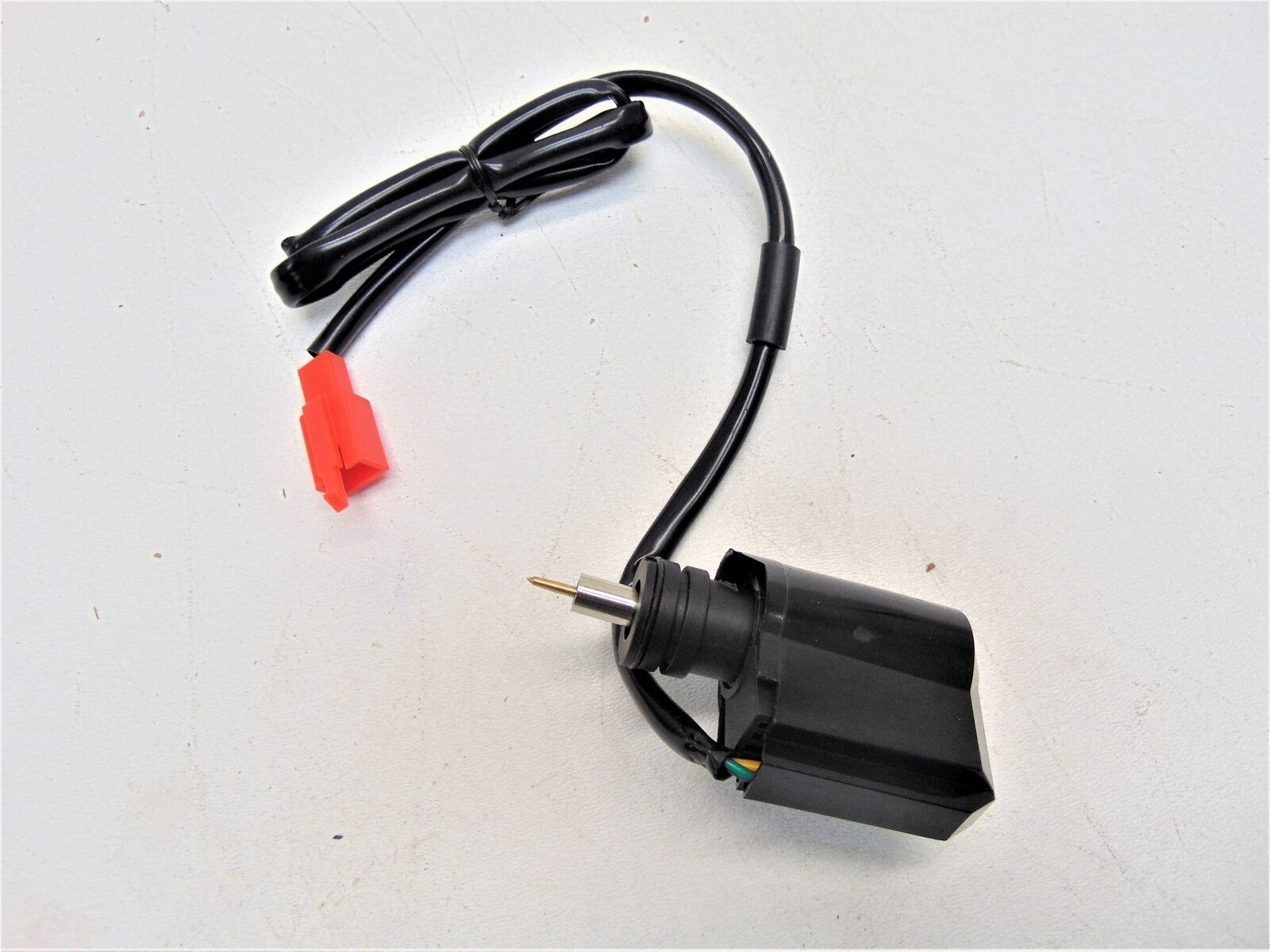
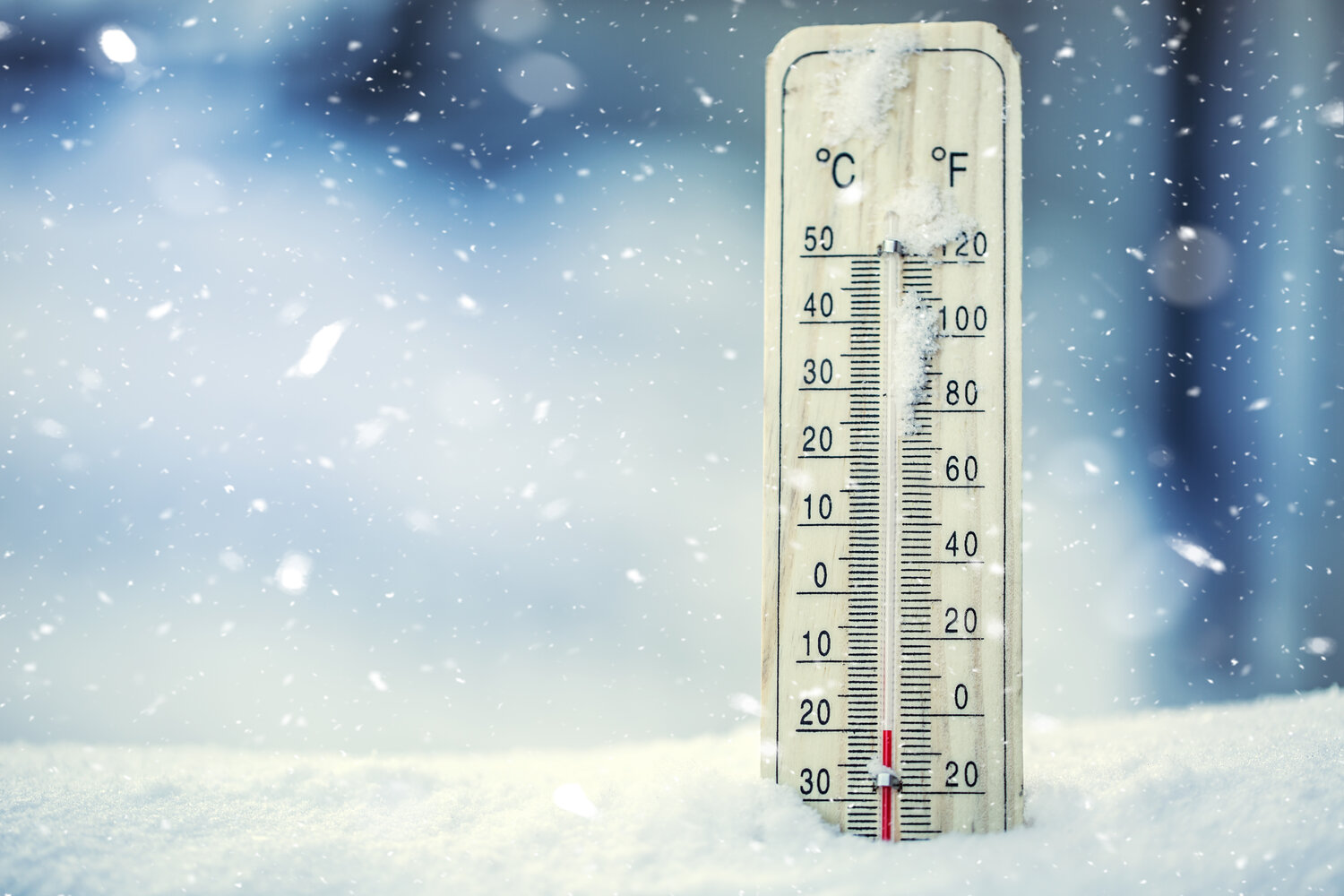
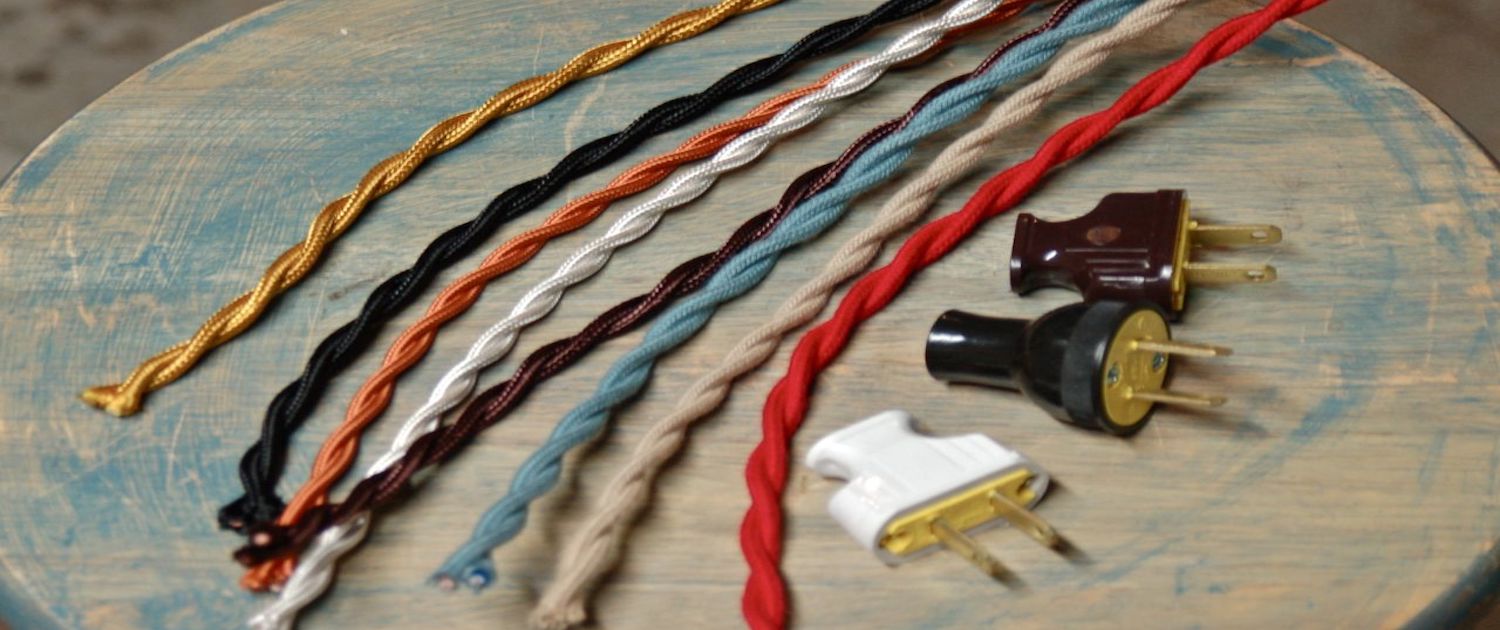

0 thoughts on “What Happens When A Dog Chewed An Electrical Cord”